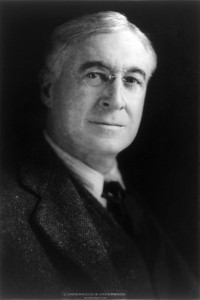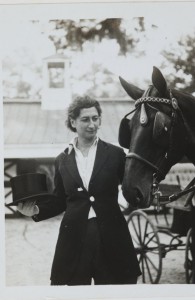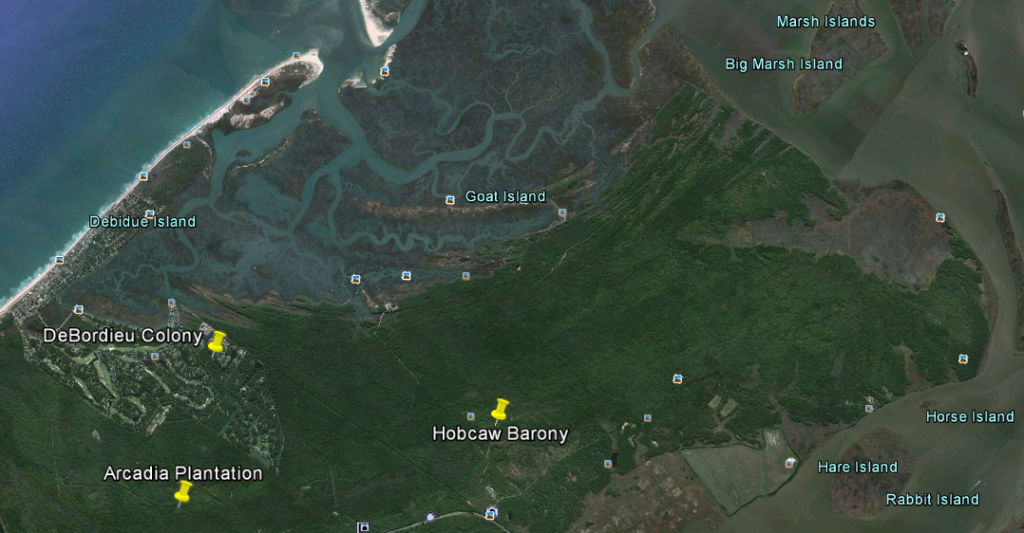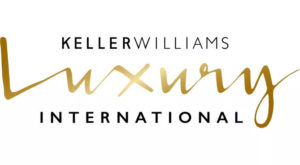I haven’t visited Hobcaw Barony in years….. but earlier today I took the guided tour with local historian and author Lee Brockington, a couple of my favorite DeBordieu friends, and some other nice folks in a big, wonderfully air conditioned, tour bus. We had a great time and learned a ton about this very special place located right next door to DeBordieu Colony where I’ve been fortunate to work in real estate sales and marketing since 1986.
Bordered by beautiful bodies of water on three sides – the Waccamaw River, Winyah Bay and the Atlantic Ocean – this remarkable natural resource is aptly named……. Hobcaw is an American Indian word that means “between the waters.” In 1718, the land – situated between Pawleys Island and Georgetown, SC – became a colonial land grant and was eventually subdivided into fourteen plantations.
In addition to indigo and rice plantations , archaeological evidence showcases Native American occupation and early European settlement.

Beginning in 1905, Hobcaw’s 17,500 acres became the winter residence of Wall Street millionaire and presidential adviser Bernard Baruch, a Jewish immigrant and native of Camden, SC. Land prices had dropped after rice cultivation, but sprawling salt marshes and old rice fields remained attractive to wintering waterfowl – and to wealthy northern business men who loved hunting. (So many northern sportsmen purchased plantations devastated by the Civil War, many natives came to call the craze the South’s “second Yankee invasion.”)
As in preceding centuries, a whole lot of history took shape in the following 60+ years. We’ll explore some of that history in subsequent blogs. Here, though, we want to share a few of the details that make Hobcaw one of the Southeast’s most amazing ecological treasures.

Baruch ultimately sold the land to his daughter Belle – a nature-lover and conservationist who cherished the property with great passion. Belle Baruch died in 1964, but by then she had created a foundation to manage the land as an outdoor laboratory for SC’s colleges and universities. (For a fascinating read about a woman before her time, read Baroness of Hobcaw, The Life of Belle Baruch, published by the University of SC Press.)
Today, the 17,500-acre research reserve (larger than Manhattan Island!) features every environment within the SC Coastal Plain. The reserve is comprised of barrier islands, pristine beaches, salt marsh, maritime and upland forests, cypress swamps, freshwater ponds, tidal rice fields and isolated Carolina bays. It is a massive piece of geography – forever protected – that will always set the Lowcountry apart from other locales that do not enjoy the visionary provision of a person like Belle Baruch.
USC and Clemson have permanent onsite laboratories and staffs, and visiting researchers from around the globe utilize the Reserve. Currently, more than 150 research projects are underway. NOAA named North Inlet/Winyah Bay at Hobcaw Barony one of only 28 US sites in its National Estuarine Research Reserve System (NERRS).
Hobcaw Barony is located on Highway 17, ten miles south of Pawleys Island and one mile north of Georgetown. To preserve the property’s integrity, public access is offered only through guided tours and programs. Programs with various fees range from lectures, field site visits and excursions that include fishing, biking, kayaking and crabbing. Van tours – focused on the history of Hobcaw Barony – are scheduled Tuesday through Friday. (Please call for current times; reservations are essential.)
This is an off-the-beaten path treasure worth every effort. Please visit NorthInlet.sc.edu or HobcawBarony.org or call 843.546.4623 for more information.
For more information about DeBordieu, call 843-455-4523, or email TroiKaz@DeBordieu.com.

